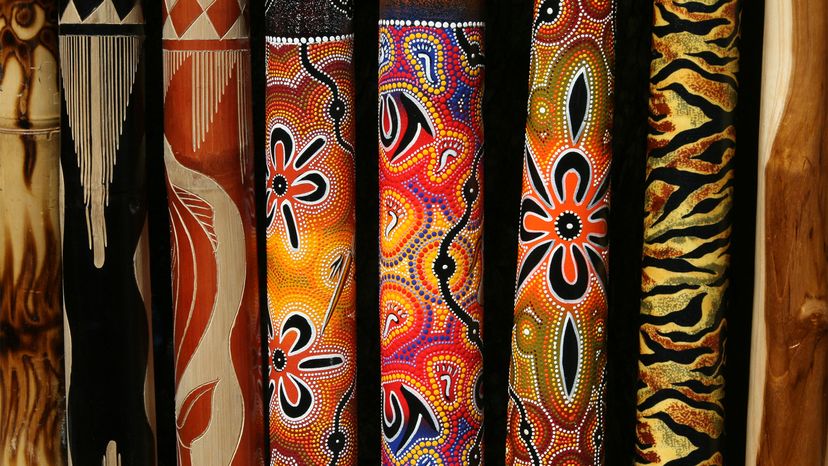
The low drone of the instrument alone is as recognizable and synonymous with the continent of Australia as a jar of Vegemite or the band Men at Work. The didgeridoo is an ancient wind instrument created by the aboriginal peoples of northern Australia that has survived centuries of change within the land Down Under. With roots shrouded in mystery, the didgeridoo — sometimes called simply the “didge" — is an instrument as mystifying as it is mesmerizing. Here are some facts about the instrument that provides a distinct sound for a diverse continent.
Advertisement

